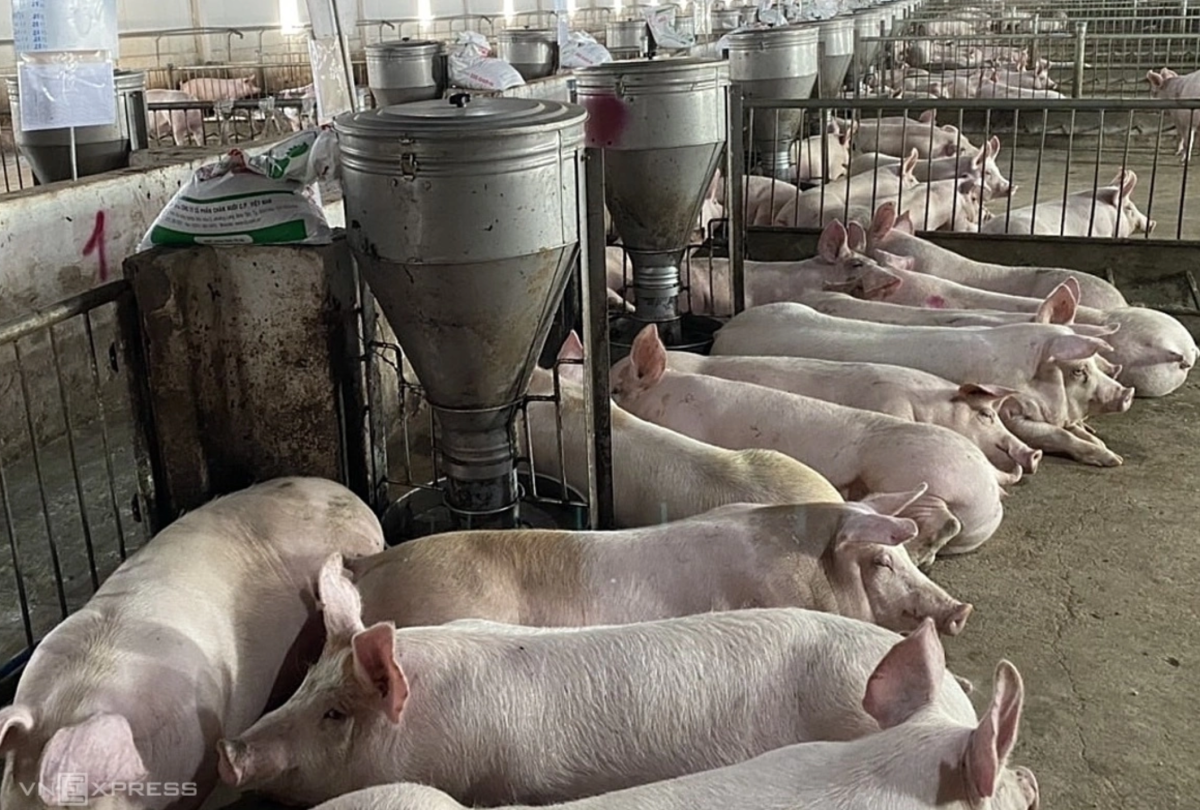The pork market is experiencing a significant decline, with prices dropping over 10% to 64,000-68,000 VND per kilogram after reaching a peak of 75,000 VND last month. This sudden shift in prices has caught the attention of farmers, traders, and consumers alike, sparking discussions and speculations about the underlying factors driving this downturn.
To understand this downward trend, we need to delve into the complex dynamics of the pork industry. Pork is a staple in Vietnamese cuisine, with a high demand that is deeply intertwined with cultural practices and dietary preferences. Any fluctuations in pork prices can have far-reaching consequences on both the economy and society as a whole.
Experts point to a confluence of factors contributing to the current decline in pork prices. One key factor is the oversupply of pigs in the market, leading to an imbalance between supply and demand. This oversupply can be attributed to various reasons, including increased production efficiency, changes in consumer behavior, and external factors such as the impact of the COVID-19 pandemic on the food industry.
Nguyen Van Thanh, a veteran livestock farmer, shares his insights on the situation, “We have witnessed a surge in pig farming activities in recent months, resulting in a surplus of pork in the market. This oversupply has inevitably driven prices down, affecting the livelihoods of many farmers.”
Moreover, fluctuations in input costs, such as feed prices and transportation expenses, also play a significant role in shaping pork prices. Farmers are facing mounting pressures as they grapple with rising production costs amidst declining selling prices, posing challenges to their profitability and sustainability in the long run.
The implications of this downward trend extend beyond the immediate concerns of farmers and traders. Consumers, while benefiting from lower pork prices in the short term, may face uncertainties regarding the stability of the market and the quality of pork products. Additionally, the broader agricultural sector could experience ripple effects from the pork industry’s downturn, impacting related industries and supply chains.
Dr. Mai Anh Tuan, an agricultural economist, emphasizes the interconnectedness of agricultural markets, stating, “The fluctuations in pork prices reflect larger systemic issues within the agricultural sector. It is crucial for stakeholders to collaborate and implement strategic measures to ensure the stability and sustainability of the industry.”
As stakeholders navigate the challenges posed by the fluctuating pork market, there is a growing recognition of the need for proactive measures to address underlying structural issues. Initiatives focused on improving market transparency, enhancing supply chain efficiency, and promoting sustainable farming practices could help mitigate the impact of price volatility on all participants in the pork industry.
In conclusion, the decline in pork prices underscores the complexities and interdependencies within the agricultural sector. While the current situation presents challenges, it also serves as a call to action for stakeholders to work together towards building a more resilient and equitable pork market. By fostering cooperation, innovation, and adaptive strategies, the industry can overcome short-term disruptions and pave the way for a more sustainable future for pork production and consumption in Vietnam.









Leave feedback about this